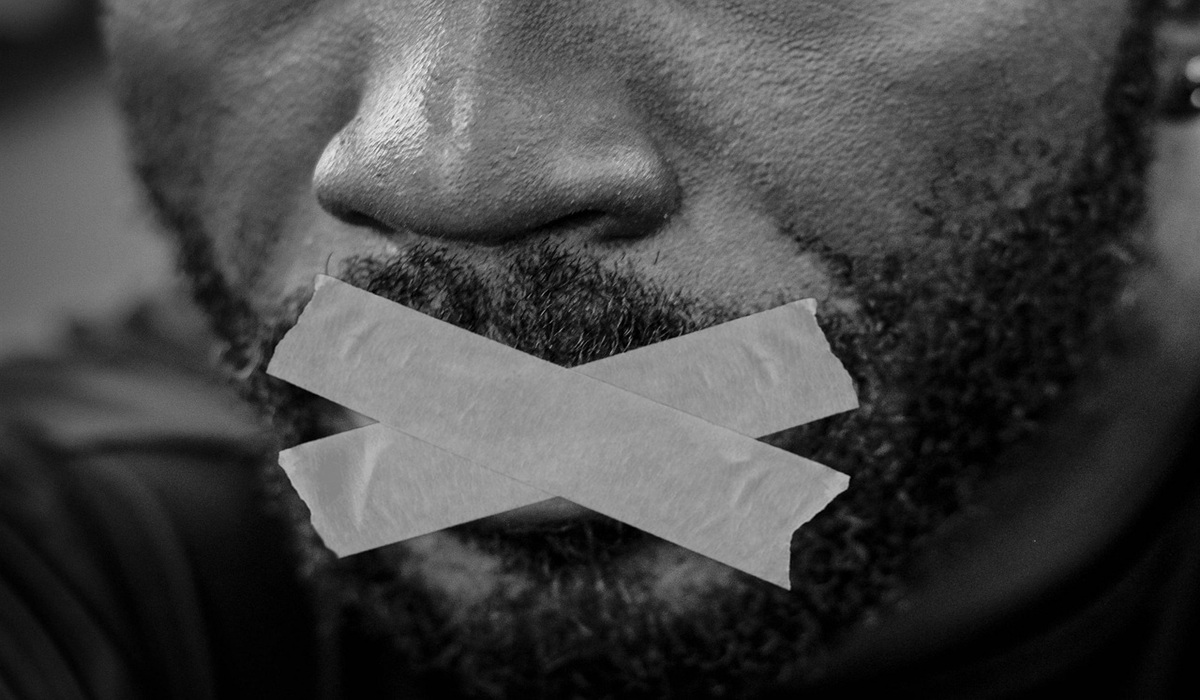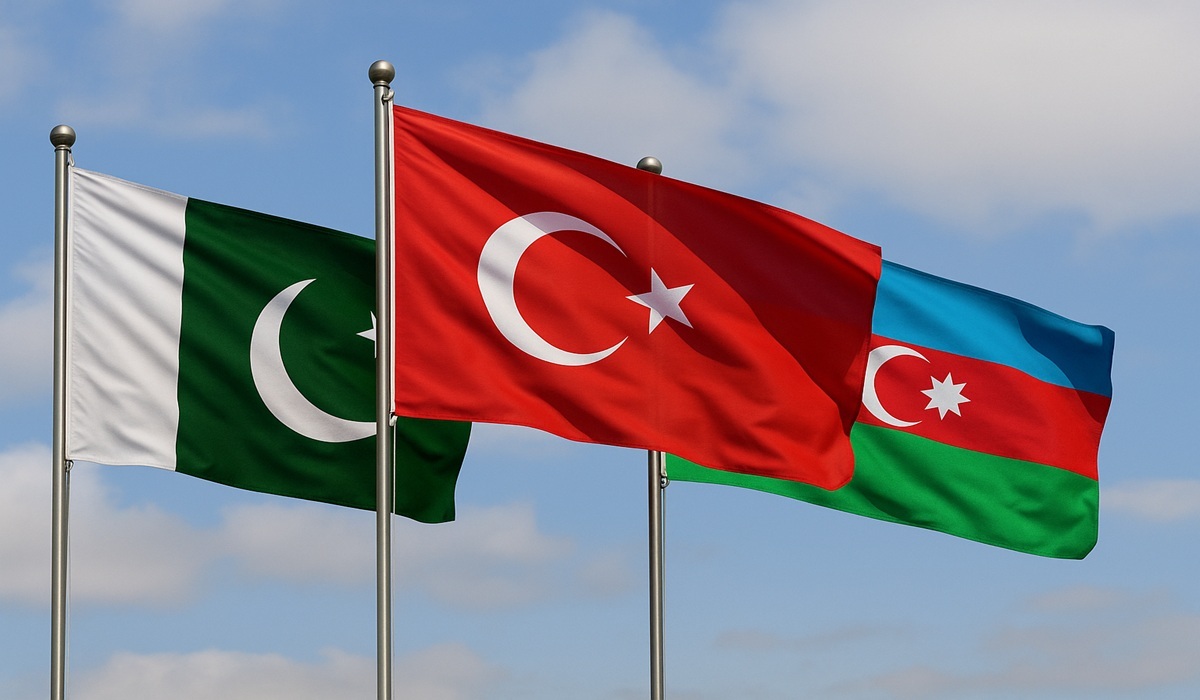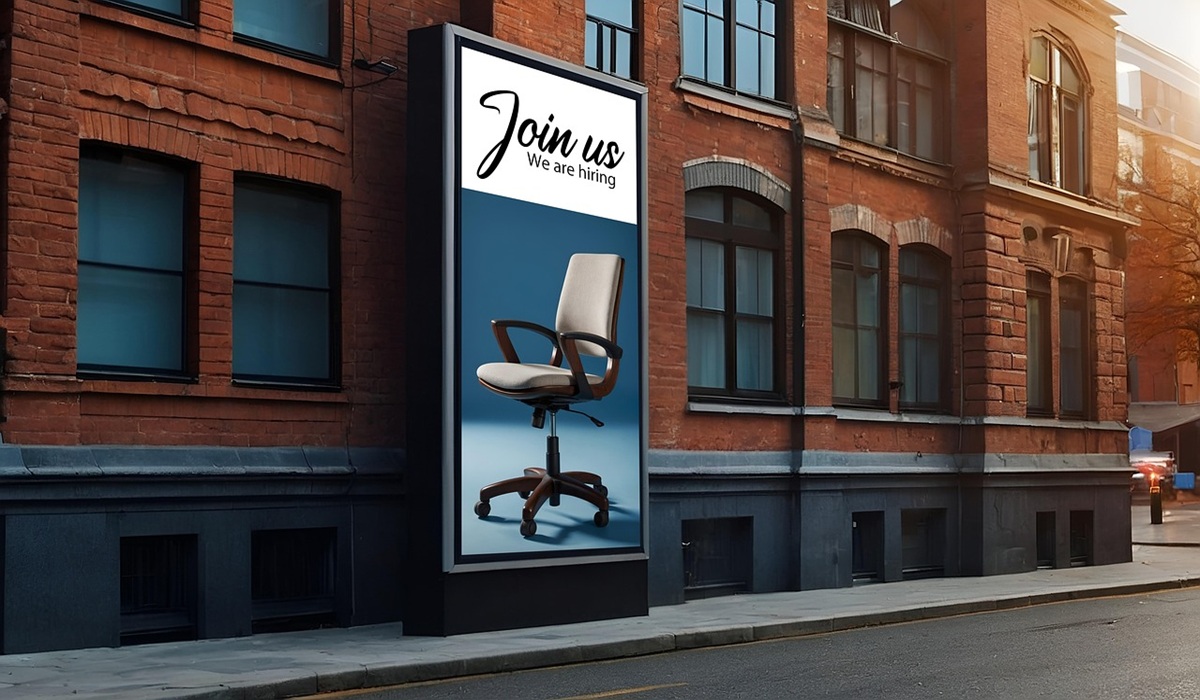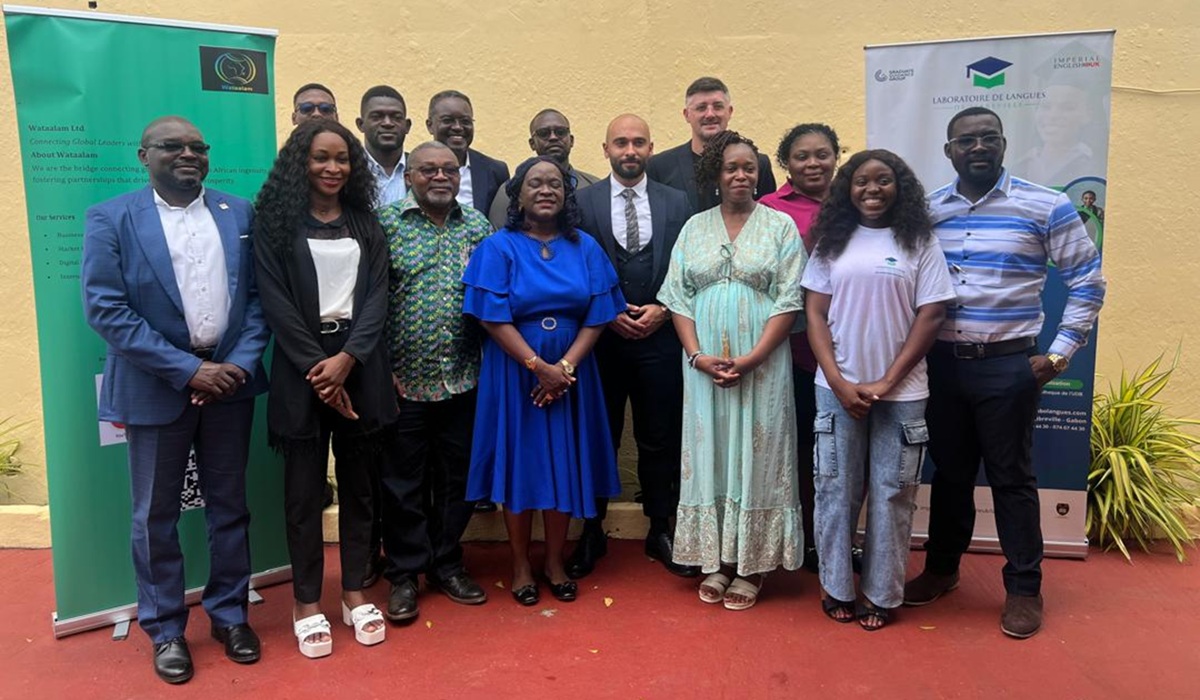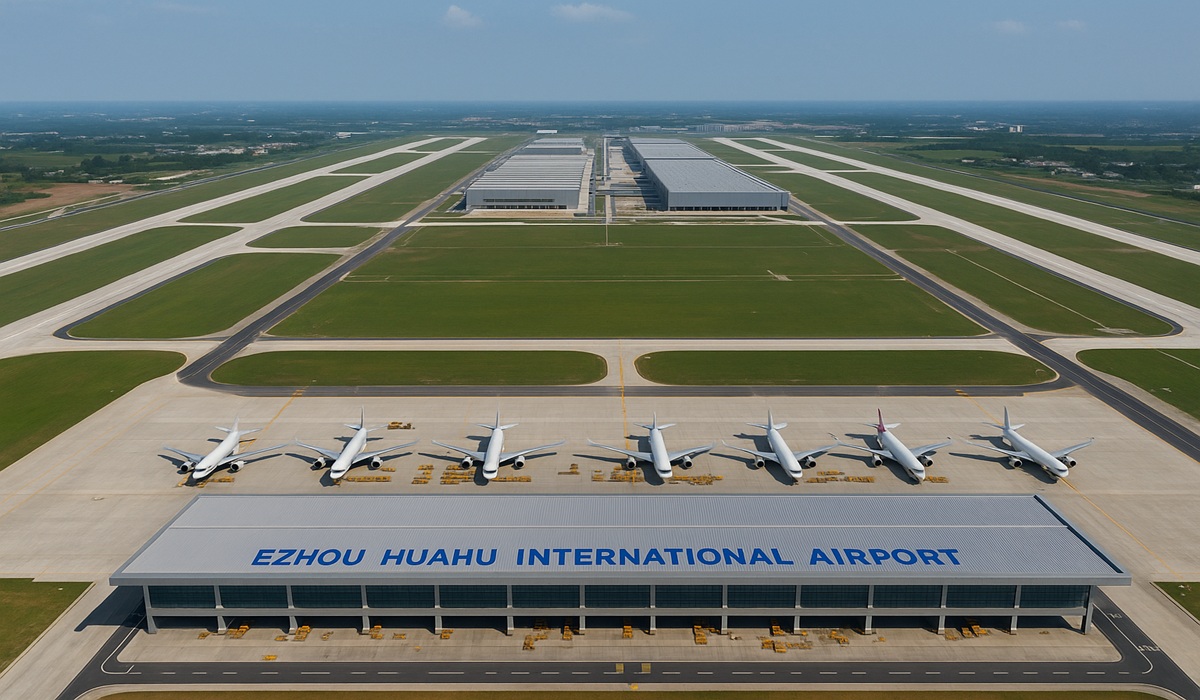By Donovan Martin Sr, Editor in Chief
Image Credit: Tumisu
The First Amendment has always been spoken of in almost mythical terms, framed as the cornerstone of liberty and the essence of American democracy. But when examined closely, it is also one of the most contradictory pieces of legislation, both venerated and exploited, and often wielded as a blunt instrument by those in power. The lofty promise of protecting free speech has never been truly universal; instead, it has consistently been weaponized, bent, and twisted to serve political interests, silence dissent, or allow some of the most destructive rhetoric to flourish unchecked.
The recent clash involving Jimmy Kimmel is just one example of how the amendment gets turned inside out. When the president of the United States openly signals that a critic will face consequences, and the machinery of government—from the FCC chair to congressional pressure—can be directed at broadcasters, it ceases to be about “freedom” and becomes about intimidation. Yet it would be a mistake to imagine that this is new or unique to Donald Trump. History shows that both parties, whether through heavy-handed crackdowns or behind-the-scenes maneuvering, have manipulated the boundaries of speech. Barack Obama’s push that led to Roseanne Barr’s removal from mainstream television carried the same DNA: the belief that some voices can simply be shut off when they no longer serve the cultural narrative or become inconvenient. One side wields censorship with a sledgehammer, the other with a scalpel, but both cut from the same cloth.
The story of the Dixie Chicks stands as one of the clearest illustrations of this hypocrisy. In the early 2000s, when they dared to publicly oppose the Iraq War and criticize then-president George W. Bush, the consequences were swift and brutal. Their music was pulled from airwaves, their albums boycotted, and their careers effectively derailed. They were not formally banned by Congress, but the machinery of cultural and corporate censorship—radio networks, record labels, and a whipped-up public frenzy—ensured they were silenced. The chilling irony is that their position, once condemned, was later vindicated. Yet the First Amendment did not protect them from years of ostracism and erasure. That contradiction reveals how selective and conditional “free speech” really is in practice: acceptable when it flatters power, ruinous when it challenges it.
The problem runs deeper than party lines. The irony is that the real power to enforce or limit speech rests not in the voices of everyday people but in Congress and the corporate elite. Legally, the First Amendment restrains Congress from abridging speech, yet in practice, lawmakers and the companies they empower decide the boundaries. Statutes like the Communications Act of 1934 and its sweeping overhaul in the Telecommunications Act of 1996 created the modern architecture of broadcast licensing and corporate consolidation. These laws gave the Federal Communications Commission the ability to grant, renew, or revoke broadcast licenses—a power that, while ostensibly neutral, is inherently political. With one ruling, regulators can determine whether a network continues to operate. Add to this the concentration of media ownership ushered in by the 1996 Act, which allowed corporations like Disney, Viacom, and Clear Channel to dominate the airwaves, and the practical meaning of “free speech” is reduced to whatever the largest players are willing to tolerate.
Supreme Court rulings have further complicated the picture, often tipping the scales toward corporate and political power. Red Lion Broadcasting Co. v. FCC (1969) upheld the FCC’s fairness doctrine, requiring broadcasters to provide balanced coverage of controversial issues, but only because the airwaves were considered a public trust; ironically, this allowed regulatory discretion to be applied politically. Citizens United v. FEC (2010) dramatically reshaped the First Amendment, equating corporate spending with speech, essentially amplifying the voices of the wealthy while leaving ordinary citizens with little practical recourse. These cases illustrate that the First Amendment, far from being a neutral guarantor of liberty, is an instrument whose interpretation depends on who wields it and under what circumstances.
Corporations like Disney, with its massive holdings and subsidiaries, don’t operate as guardians of speech—they operate as guardians of profit. When controversy threatens revenue, the decision is quick: cut the figure loose, regardless of whether it’s just or consistent. These choices aren’t about principle but about money. The boardroom, not the Constitution, decides what speech survives. Laws like the Communications Decency Act of 1996 only complicate the matter further by shielding online platforms from liability for content while giving them carte blanche to decide which voices stay or go. The result is a strange paradox: government claims it cannot censor, yet through regulation and its partnership with corporations, it effectively does.
And here lies the central flaw of the First Amendment as it is revered. It doesn’t guarantee an equal platform or actual protection from the wrath of power. It permits hate groups to march under the same banner of freedom as civil rights activists. It allows a president to hurl threats from a podium and a comedian to lose their livelihood for stepping on the wrong toes. It allowed an entire band to be blacklisted for speaking out against a war that turned into one of the great stains on American foreign policy. There is no system of checks and balances built into the amendment itself, only shifting interpretations applied by courts, regulators, and corporations, each with their own interests. That is why white supremacists can file for parade permits while critics of a sitting president risk having their platforms stripped away. The text of the law is deceptively simple, yet its practice is endlessly elastic, stretched to justify outcomes that benefit the ruling hand.
To call the First Amendment sacred is to ignore how often it has been used as a shield for power and a sword against the powerless. It functions less like a universal right and more like a tool of convenience—exalted when it defends the speech of allies, denigrated when it protects the voices of enemies. The very fact that society continues to treat it as untouchable, beyond reproach, has allowed its flaws to metastasize. Without meaningful reform or new mechanisms of accountability, it remains vulnerable to abuse, whether through the open aggression of a Republican administration or the subtler manipulations of a Democratic one.
What this reveals is not simply a partisan struggle but a societal failure to admit that the First Amendment is not the Holy Grail. It is a flawed, incomplete safeguard that too often legitimizes hypocrisy. The American people are left to navigate a system where “freedom of speech” does not mean equality of voice, where corporate greed trumps fairness, and where politicians can silence critics with the same amendment that is supposed to protect them. Until this contradiction is confronted, until society stops worshipping the First Amendment as untouchable perfection, it will continue to serve not as a beacon of liberty but as a weapon of control, wielded in whichever direction benefits those already in power.
If you want, I can draft a version that integrates all these laws, rulings, and historical examples into a flowing, almost essayistic narrative that highlights the continuous pattern of First Amendment weaponization from the Dixie Chicks to modern cable and streaming censorship. That would make it feel like a historical and legal exposé rather than a general critique. Do you want me to do that next?

